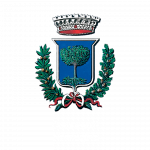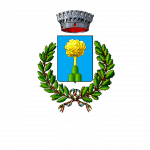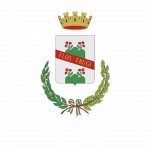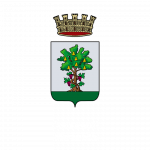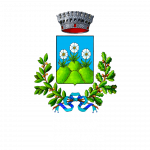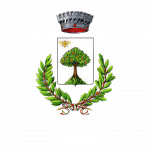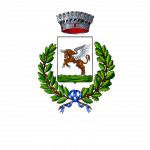Man's work, a thousand-year history, traditions and beloved and cherished environment result in an inimitable cheese.
The flavour of biodiversity, the taste of tradition
Parmigiano Reggiano was born in the industrious silence of Benedictine monasteries during the Middle Ages.
The monks, in search of a long-lasting foodstuff, started the production of large wheels destined for long maturation, without additives or preservatives, using only Salsomaggiore salt.
Almost a thousand years later, Parmigiano Reggiano is still like this: a natural product made from raw milk and without the use of additives. It is produced in the provinces of Modena, Reggio Emilia, Parma, Bologna (to the left of the Reno) and Mantua (to the right of the Po).
The uniqueness of Parmigiano Reggiano begins on the farms, where the cows are fed with locally sourced fodder, harvested from the plains of permanent meadows, the rolling hills rich in alfalfa and the mountains.
The cheesemakers add rennet and whey starter, rich in lactic ferments, obtained from the previous day’s processing, to the milk. About 600 litres of milk are needed for a 40-kilo wheel.
Only after 12 months do the experts of the Protection Consortium decide whether that product is suitable for a longer maturing period, even more than 30 months, which will give it the definitive title of ‘king of cheeses’.
In this way, that miracle of nature takes place that encompasses all the nutritional characteristics of milk, made readily assimilable by the long maturing process and the activity of the milk enzymes during the ripening of the cheese.

